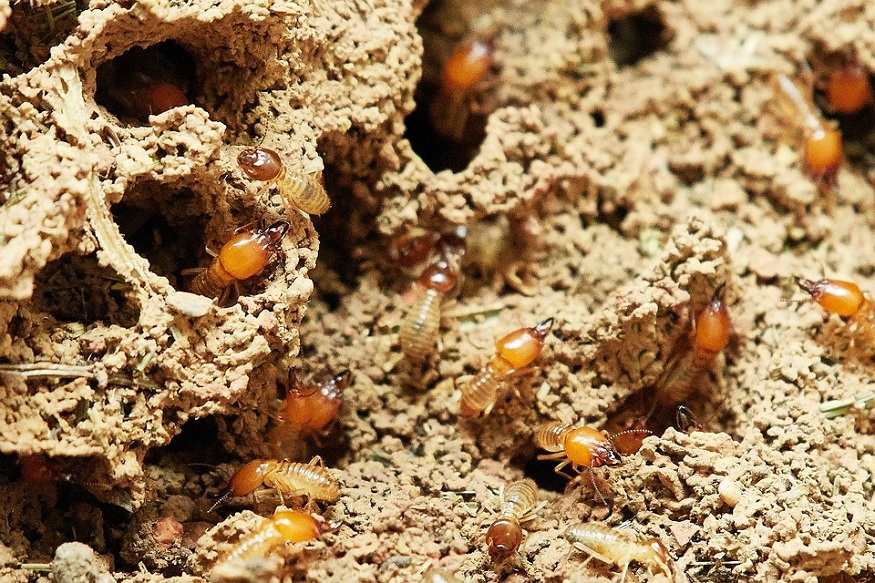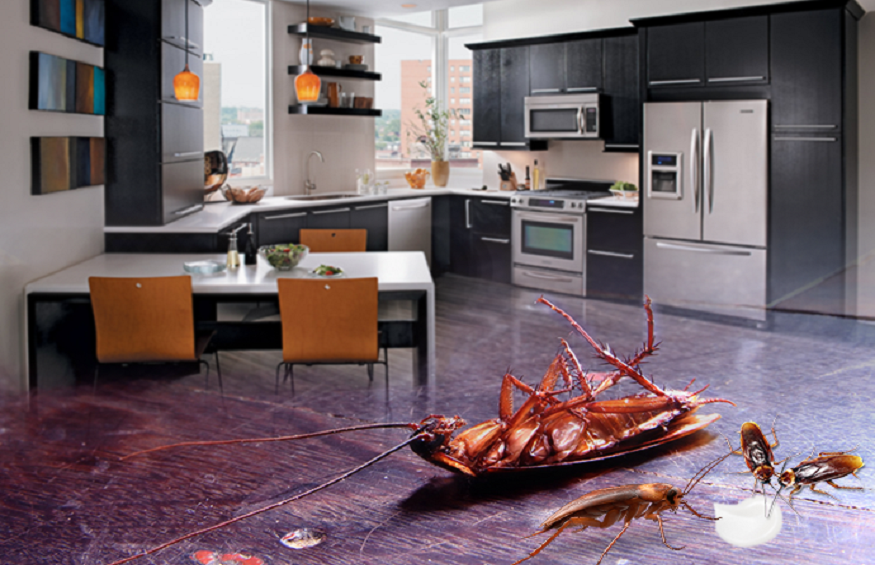
Rodents can find their way into places they don’t belong. Denton homeowners often wonder how something as small as a mouse can squeeze inside a home built to keep them out. Rodents are resourceful. They will search tirelessly for an opening once they discover food, warmth, or shelter. That is why homeowners must know how these pests get inside. This allows them to take steps to rodent-proof their homes. Rodent-proofing includes working with Romney Pest Control professionals. The company has been a dependable pest control services provider in Denton for years. It focuses on offering customers top-notch services using advanced tools and techniques. The following are common entry points for rodents:
Tiny Gaps and Cracks
Mice can squeeze through an opening the size of a dime. Rats only need a space about the size of a quarter. These gaps may appear where utility lines enter the home or where the foundation has settled over time. Rodents are drawn to these spots because they offer direct access to the indoors, especially in colder months.
Open Doors and Garages
A garage left open for long periods can act as an invitation for rodents. These pests look for clutter, stacked boxes, or stored items that provide hiding spots when inside. From there, they may slip under interior doors or through small cracks leading to the main house. Even exterior doors that don’t seal properly at the bottom give rodents a perfect path indoors.
Roof and Attic Access
Roof rats are agile climbers and will use tree branches, vines, or utility lines to reach the roof. Once there, they search for openings such as gaps in soffits, loose shingles, or vents without proper covers. The attic is usually their preferred nesting site because it’s warm, quiet, and rarely disturbed.
Vents and Utility Lines
Rodents are opportunistic and make use of entry points that often go unnoticed. Gaps around dryer vents, air vents, or spaces where pipes and cables enter the home are prime spots. Without proper sealing, these small openings become access doors for mice and rats. The warmth and food smells coming from these areas often lure them in.
Chimneys and Fireplaces
Chimneys may seem secure, but they provide another entryway for rodents without a protective cap. Rats or squirrels can make their way down into living areas or nest in the flue. Improperly sealed fireplaces can also serve as a pathway. Homeowners in Denton who enjoy wood-burning fireplaces may not realize their cozy setup doubles as a possible rodent access point.
Pet Doors
Pet doors are convenient for cats and dogs, but also offer rodents an easy route indoors. Small rodents can push through lightweight flaps, especially if the pet door isn’t designed with security in mind. Because pet food bowls are often nearby, rodents are motivated to make use of this simple entry.
Cracks in Windows and Screens
Windows that don’t seal tightly or have damaged screens can become quick access routes for rodents. Mice can climb exterior walls and squeeze through torn mesh or loose frames. Basement windows often go unnoticed and make easy entryways. Reinforcing window screens and sealing around frames can block one of the less obvious but common paths indoors.
Plumbing Openings
Pipes that connect outdoor water lines, sprinkler systems, or air conditioning units often leave small gaps where they meet the house. Rodents can wiggle through these openings with little effort. Rodents may also follow sewer lines or crawl through damaged drain pipes. Sealing plumbing penetrations with durable materials keeps rodents from exploiting these gaps.
Crawl Spaces
Many Denton homes with crawl spaces under the structure provide rodents with an easy way inside. Rats and mice are drawn to the dark, sheltered environment. They often gnaw through insulation or flooring to reach the interior. Rodents can set up nests beneath the home and cause long-term issues if vents in the crawl space are broken or missing covers.


